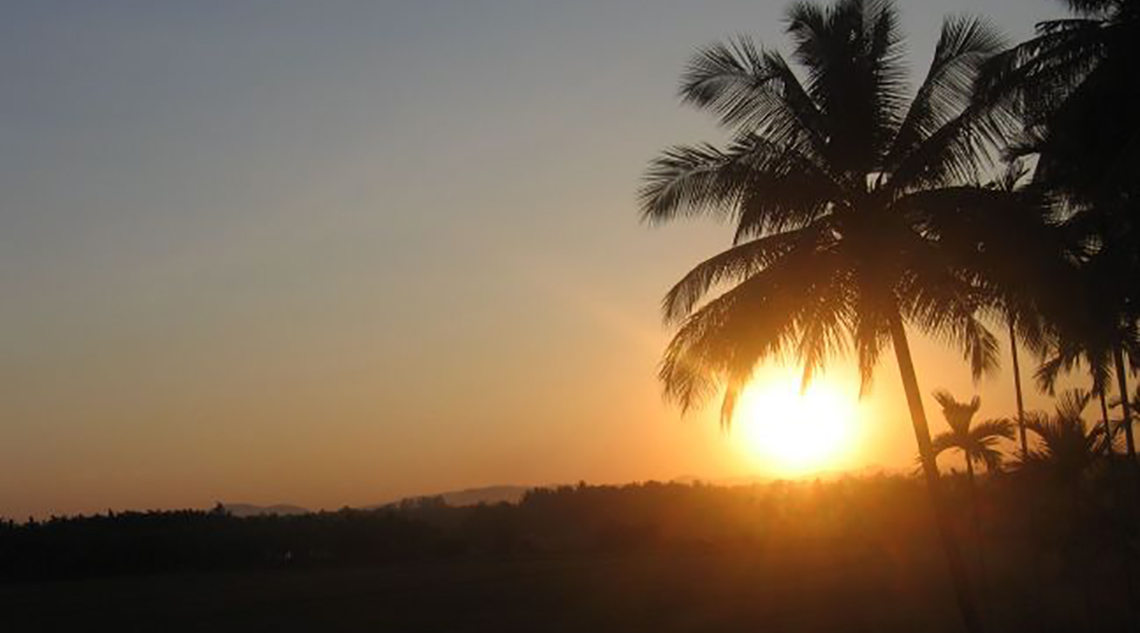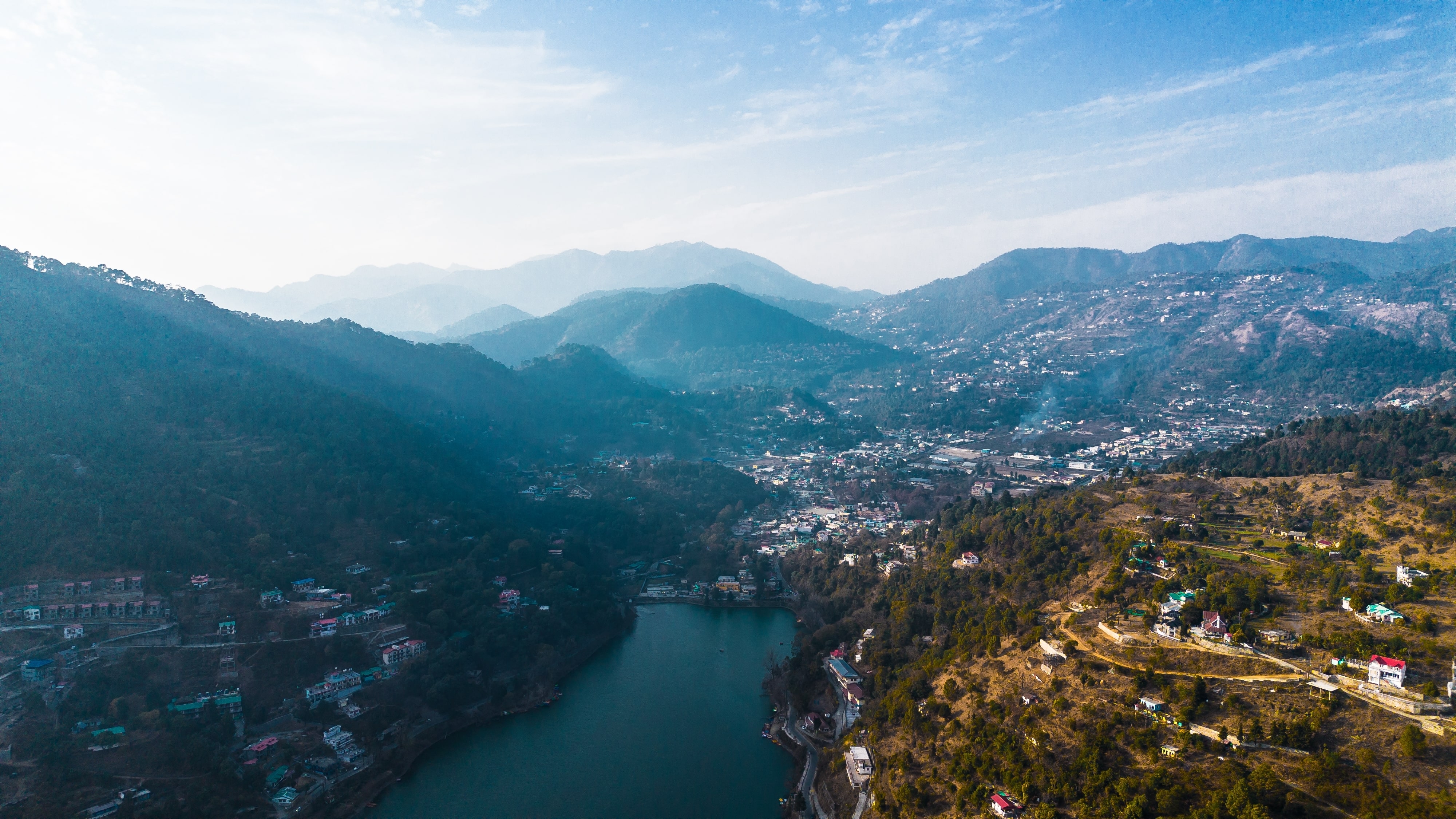Mattur: A Village where people converse in Sanskrit
Known as the Devabhasha (language of the Gods), Sanskrit has had an influence on all major Indian languages. It’s also the language in which the Vedas (Indian religious scriptures) and Mantras (sacred chants) are written. Today this ancient language is rarely used outside religious and academic contexts. However, Sanskrit has found a safe haven in Mattur, a village nearby the town of Shivamoga, in Karnataka, where the language is used for day-to-day conversations. Everyone, from the village head to the housewives and the local store keeper is well-versed in Sanskrit here. The very air reverberates with the soft and dulcet tones characteristic to the Sanskrit language.

Sanskrit is one of our oldest and most respected languages and it takes a great deal of discipline and dedication to master this language. The very fact that it is the conversational language in Mattur is impressive by itself. The learning of Sanskrit begins right at the beginning for children in this village. They are taught songs and rhymes in Sanskrit right from the kindergarten classes. Sanskrit is also a compulsory language for students in both middle and high school. It is not just the villagers who speak Sanskrit in Mattur,the writings on the walls, advertising placards and direction boards all over the village are also in Sanskrit as well.
The flourishing practice of Sanskrit in Mattur can be attributed to the ancient Vedic scholars who migrated to the village from the valleys of the Western Ghats in Kerala centuries ago. Their legacy has been handed over to successive generations creating a unique society in this village. At a time when learning of Sanskrit is a mere obligation in schools, it’s commendable that an entire village has based its day-to-day life on this ancient language.
Mattur is a great example of our nation’s infinitely strong bond with culture and tradition. It is a testimony to the fact that in spite of our modern ways of life, we still respect and cherish our roots.


